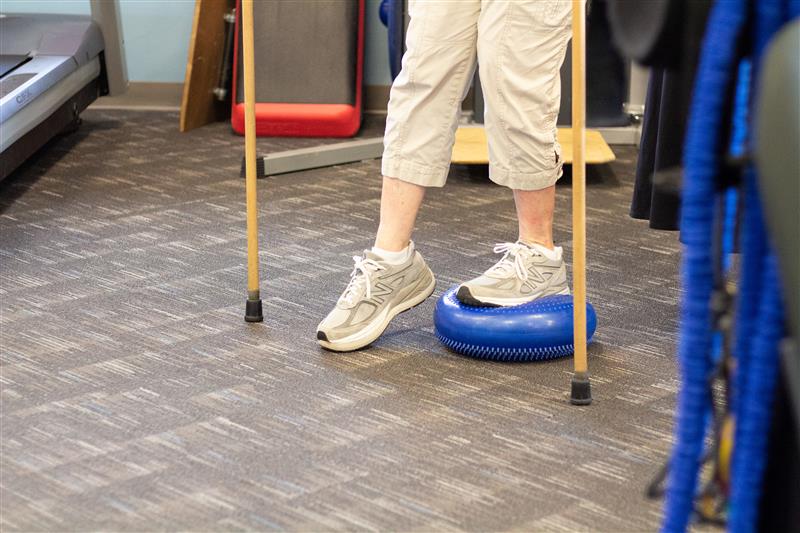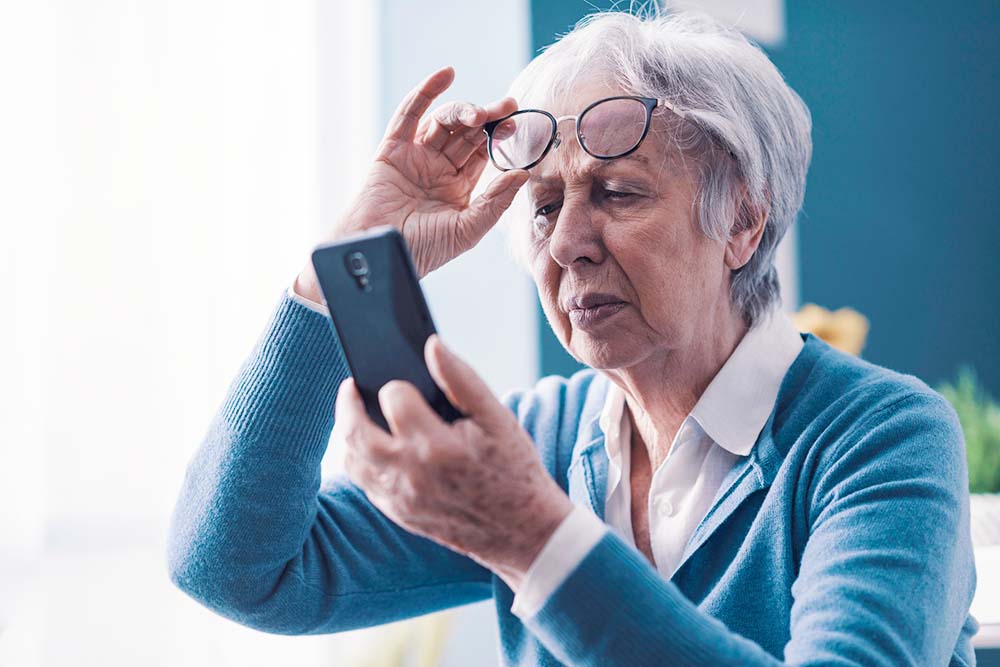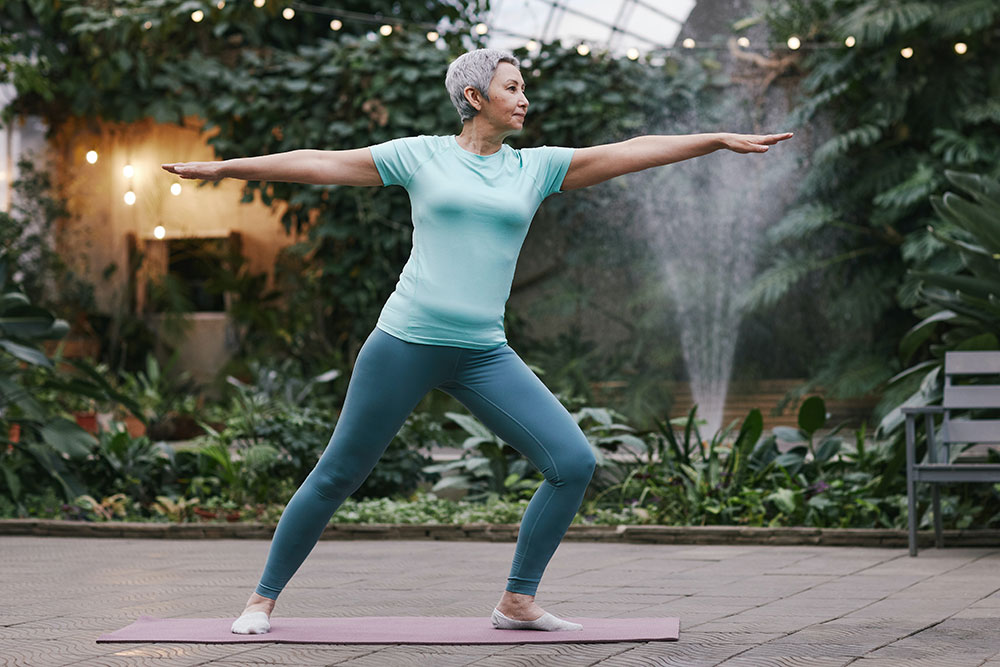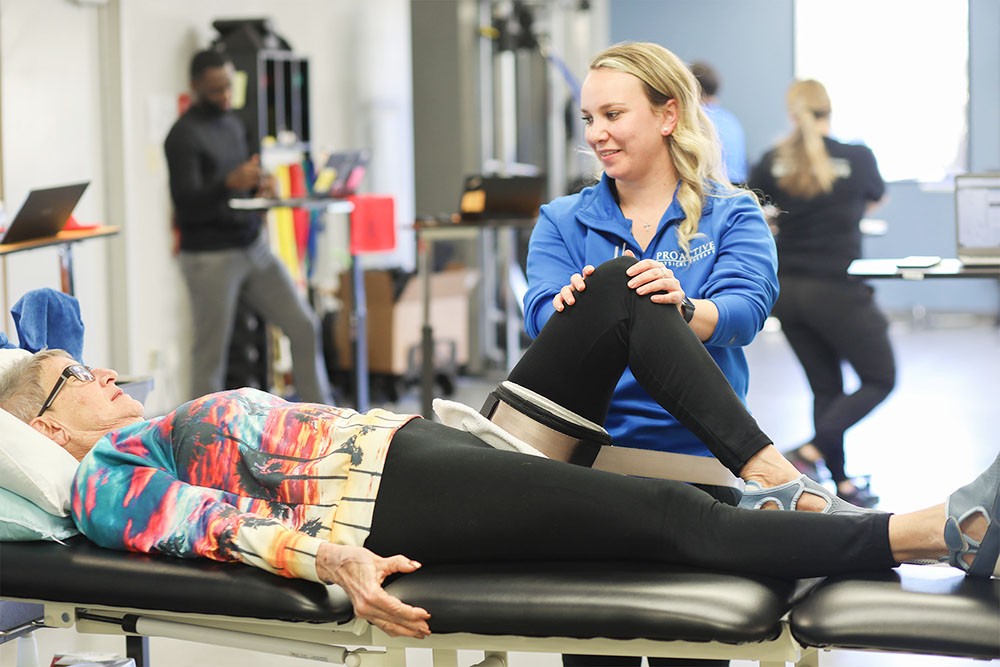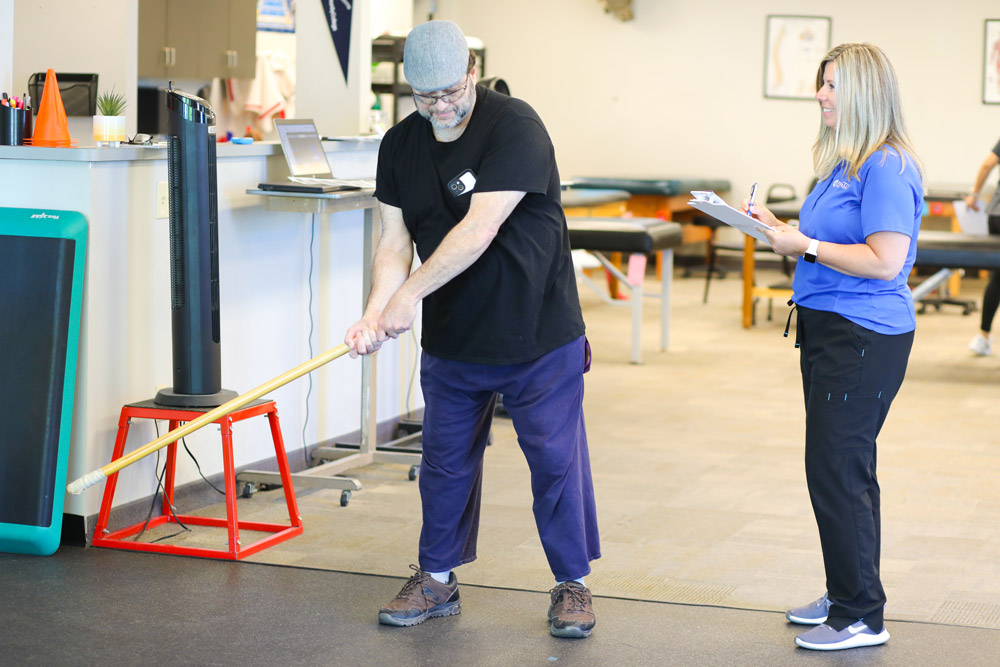Sooner or later, we all take a fall. The fall may cause an injury, or it may not, but no matter what happens, it can be scary, and we all want to prevent experiencing a fall. As we age, the risk of falling increases significantly, and the risk of injury goes up. Some fall facts:
- One out of three adults aged 65 years and older fall.
- Among those 65 years and older, falls are the leading cause of both fatal and nonfatal injuries.
- Most fractures in those 65 years and older are caused by falls, with the most common fractures being of the spine, hip, and arm.
- Over 95% of hip fractures are due to falls.
Why do we not catch our balance to prevent a fall?
For the answer, we have to understand the concept of balance.
We have three balance systems in our body that all work together with the brain – the eyes, the inner ear, and little nerve endings in every joint of our body called proprioceptors. As movement occurs, each one of the systems sends a signal to the brain, and the brain processes the input so it knows the body is moving in that direction. Therefore a decrease in any or all of these inputs can result in the brain not having all the information it needs or conflicting information. So when an incident occurs that causes us to start to fall, the brain receives the input from the three areas, processes it, and sends signals to the various muscles to correct the impending fall. So, if the brain does not get good information, then it cannot work efficiently to correct the problem. AND WE FALL.
So, what can we do to prevent a fall?
By keeping all our balance systems in good working order, our risk of falls is reduced. As we age, most people’s eyesight deteriorates gradually. Yearly eye exams will ensure that the brain is getting a clear picture of where we are going. Imagine trying to drive with a foggy windshield; the more clear the windshield, the easier to see and avoid obstacles. The same is true for our eyesight.
Hearing also tends to regress as we age. Having regular hearing exams and using hearing aids, if recommended, will help some since the auditory input will help somewhat with balance. However, the inner ear is the prime source of balance, and unfortunately, not much you can do for this area. Thus, protecting the other two areas – our eyes and joints is even more important.
Last but not least, maintaining the range of motion in our joints will help with proprioceptive inputs. Having sufficient strength in our musculature will allow the muscles to correct a potential fall. This is where physical therapy can make a significant difference. Physical therapists are specialists in movement. We can assess joint range of movement, strength, and balance and make appropriate recommendations to correct any problem areas and thereby lower your fall risk.
Suggestions to help reduce your risk and prevent a fall:
- Exercise regularly to maintain range of motion and strength. Focus on increasing your leg strength and improving balance. Tai Chi, Yoga, Pilates, and Silver Sneakers classes are all excellent methods.
- Review your medications with your pharmacist. Certain medications alone or in combination with other medications can cause dizziness or balance problems. Anytime you start a new medication, ask the pharmacist about the side effects and any interactions with your current medications.
- Have your eyes checked yearly and adjust the prescription as recommended.
- Perform a safety check of your home. Make sure all pathways are open and free of obstacles. Remove throw rugs since they can slip, or your feet can get caught in them. Make sure you have adequate lighting – use night lights in areas of the home for when you get up during the night. Place grab bars in the shower/tub to get in and out.
With a little prevention, the chances of falling can be significantly reduced. If you are at risk of falling, intervention by a physical therapist can resolve the problem areas and lower your fall risk.
Be safe, and keep moving!
Want to learn more about how ProActive can help you prevent a fall? Contact us; we have 8 locations throughout greater Tucson. We offer a free complimentary screening assessment. This quick 15-minute assessment will put you through a couple of quick tests that will determine your risk of falling. Based on the findings, the therapist will make recommendations ranging from continuing your current activities to exercises to a formal evaluation to look more in-depth at the reasons for your fall risk. This subsequent evaluation will determine why you are at increased risk of falling, and then you and the therapist can develop a plan of care to correct the problems.

